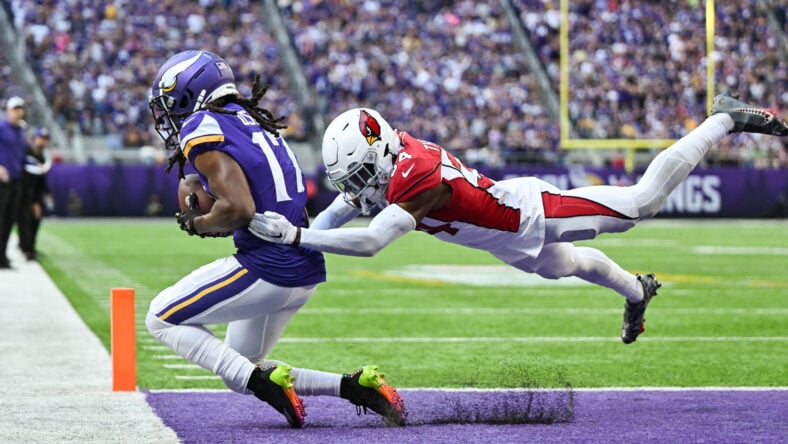Balbir Singh Sr: A Legacy Written In Gold
An equal to Dhyan Chand in wizardry and legacy, Balbir Singh Sr was possibly the last recognisable connect to that bygone era of Indian hockey which experienced gold published all above it. Nostalgia is what that era evokes, a time when Singh and Dhyan Chand turned the symbols of India’s dominance in international hockey. Dhyan Chand, the finest for most, handed away in 1979 at seventy four and Balbir Singh, regarded as the greatest immediately after him, breathed his last at 96 on Monday. A few Olympic gold medals (1948, 1952, and 1956) as a participant and captain, a Earth Cup gold as supervisor and to-this-day the best individual scorer in an Olympic ultimate (1952, Helsinki) — Balbir Singh is widely regarded as the greatest centre-ahead of all time and to lots of experts and lovers “the guy who took ahead the original wizard’s legacy”.
Due to the fact if Dhyan Chand’s wizardry was a resource of pleasure in a colonised India, Balbir Singh’s artistry was an inspiration for an India trying to find its bearings post-independence.
He by no means missed a opportunity to say how distinctive the 1948 Olympic gold was to him since it was for the very first time that the tri-colour, instead of the Union Jack, went up at the medal ceremony.
Singh and Dhyan Chand by no means played with each other at the international level but the comparisons have been frequent and the former acknowledged how, as a faculty child, he felt motivated by watching the original icon.
“…but there is no comparison at all. They have been at par in all departments. They have been the two immensely skillful centre forwards and they have been the two 3 Olympic gold medal winners,” claimed Ajitpal Singh, captain of the 1975 Earth Cup-successful group of which Singh was the supervisor.
“The only variance was that the two played in different eras,” he feels. And if just one analysed dispassionately, Singh’s 3-time Olympic gold-successful legacy will find a place at the same pedestal as that of Dhyan Chand.
Born in 1924 in Punjab’s Haripur Khalsa village, Balbir Singh was noticed by Harbail Singh, who was the then mentor of Khalsa College and afterwards coached India to two back again-to-back again gold medals in the 1952 Helsinki and 1956 Melbourne Olympics.
The lanky participant, explained as the fittest Indian athlete by lots of like cricket icon Bishen Singh Bedi, went on to make such a title for himself that the suffix of Sr was placed towards his title to make a difference from the a lot of other Balbirs he motivated in Indian hockey.
“A lot of Balbirs arrived and went in Indian hockey but none could match him and his achievements,” claimed Ajitpal, chatting about the outstanding journey of the legend, who was admired for his heat and the willingness to share his encounter with anyone who cared to talk to.
The talismanic participant gained 3 consecutive Olympic gold medals just like the far more celebrated Dhyan Chand.
His history of most targets scored by an individual in a men’s Olympic ultimate arrived in India’s 6-1 victory above the Netherlands in the 1952 version, a match in which he struck five periods.
It is claimed that such was Singh’s magic inside of the circle that opposition players could only scratch their heads in amazement. But as luck would have it, Singh’s journey rather went unnoticed as the starting of his successes coincided with the tragedy of partition.
In 1957, he did come to be the very first recipient of the Padma Shri award in sports category but that was all he could get even with his innumerable achievements as a participant and afterwards as mentor and supervisor.
Besides being the captain of India’s 1956 Olympic gold-successful side, Singh was also a element of the group that gained a silver medal at the 1958 Asian Video games. After his retirement, he received included with hockey coaching and mentored the Indian group that gained a bronze medal at the 1971 Earth Cup.
Four many years afterwards, he turned the supervisor of India’s only Earth Cup successful side in Kuala Lumpur.
In the course of the 2012 London Olympics, Singh was named just one of the 16 legendary Olympians and lone Indian to be honoured in the Olympic Museum exhibition, “The Olympic Journey: The Tale of the Video games” held at the Royal Opera Household.
Balbir Singh’s connection with the activity, in reality, goes way beyond the targets and the trophies. It was like a timeless love affair, just one that he explained pretty vividly in his autobiography — The Golden Hat-Trick, My Hockey Days, which arrived out in 1977.
“Her love for me was eternal. Our love blossomed in London. We married in Helsinki and honeymooned in Melbourne. After a time period of eleven extended many years (from the 1964 Tokyo Olympics), she returned to me as refreshing, as homosexual, as charming as she at any time was,” he spoke of hockey, the just one legitimate love of his existence.
“This time she took me to Kuala Lumpur and we have been all over again top rated of the entire world. I am waiting for her — my hockey fairy.”
(This tale has not been edited by NDTV staff and is auto-generated from a syndicated feed.)
Topics talked about in this posting








